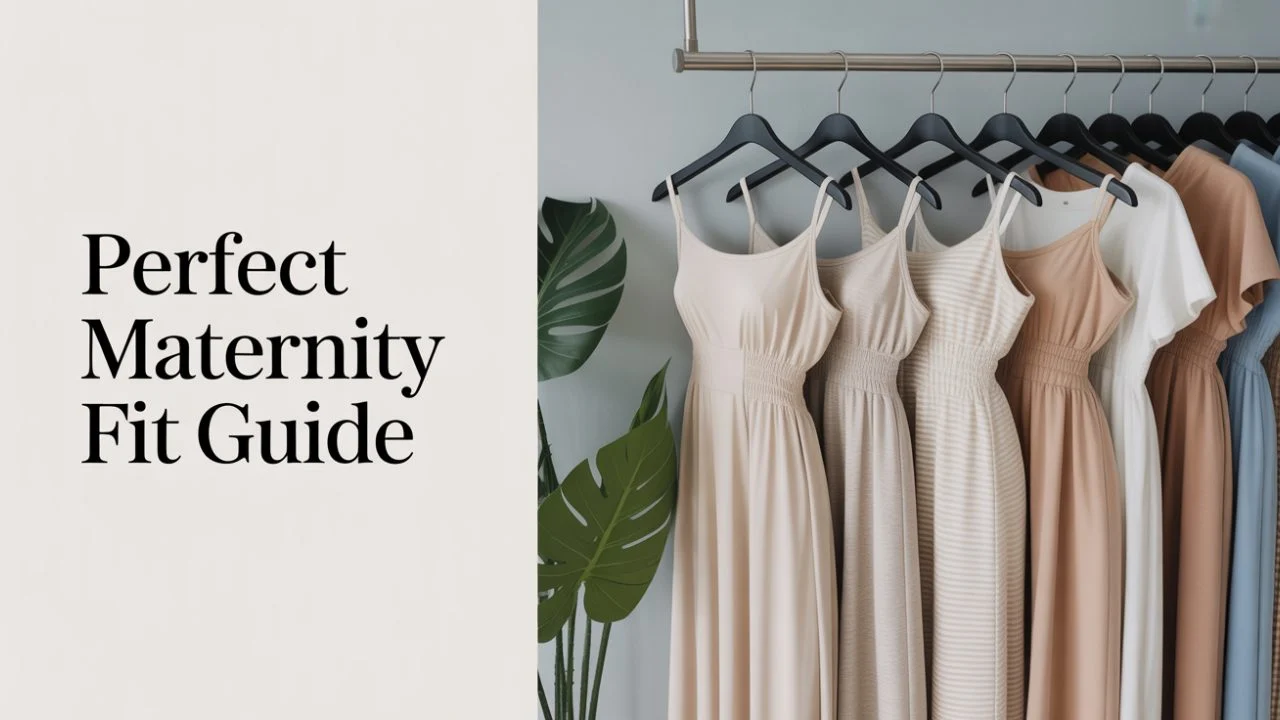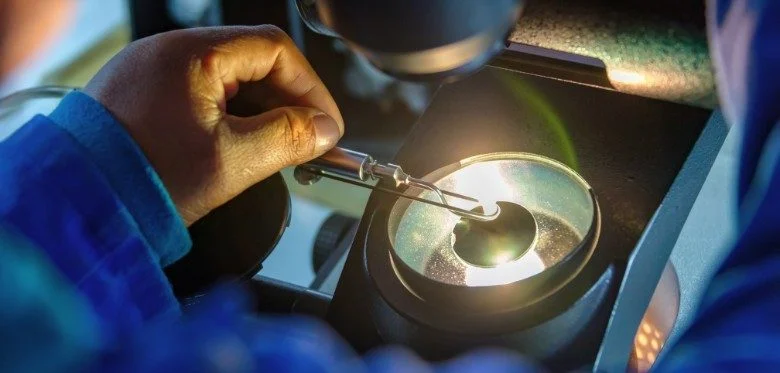Diamond Color and Clarity: The Ultimate Buyer’s Guide
The purchase of a diamond is an exciting and important investment, whether for an engagement wedding ring, wedding band or a fine piece of jewelry. There are so many variables that affect a diamond’s beauty as well as cost, it’s crucial to be able to make an educated choice. Two of the most crucial elements that determine the value and appearance of a diamond are Diamond Color and Clarity.
The cut of diamonds affects how the stone reflects light, the color and clarity of diamonds determine its brilliance overall and rarity. The color of a diamond can vary from completely colorless to shades of brown and yellow and clarity is the amount and inclusions (internal flaws) and blemishes (surface imperfections).
Many buyers are unaware of how these factors affect the diamond’s sparkle, value, as well as its overall appearance. In this comprehensive guide to diamond color and clarity we will go over all you need to know about about color and clarity, including:
– The color scale of diamonds and the way it impacts sparkle
– Diamond clarity scale as well as how to recognize an uncut stone
– Differences between color charts for natural diamonds and color charts for lab diamonds
– How do lab diamonds that are colorless (D-F grades) compared to natural diamonds
– What factors affect the price of diamonds and how do you find the most effective balance
– A diamond color and clarity chart to make it easy to refer
This guide is geared towards novices and first-time buyers of diamonds to ensure that at the end of this article you’ll know how to evaluate the quality of diamonds and select the best diamond for your requirements.
The Four Cs of Diamonds
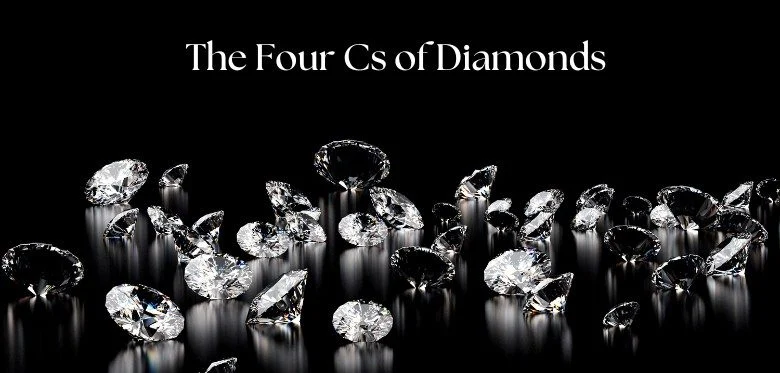
Before you dive into the color and clarity chart of diamonds it is essential to know the Four Cs. They are widely used to classify and price diamonds:
Cut: Determines how diamonds reflect light, which influences its brilliance.
Color: It is the measurement of the lack of color in diamonds (D-Z scale).
Clarity: Assesses the presence of imperfections inside or on the surface of the diamond.
Carat Weight: Identifies the size and weight of diamonds.
Together the four Cs of diamonds determine the value of a stone, rarity, and overall beauty.
What Is the Diamond Color Scale?
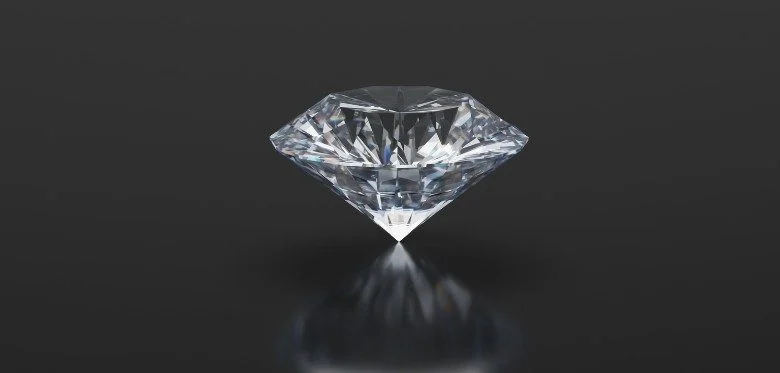
The diamond color scale can be used to determine the color of diamonds. The Gemological Institute of America (GIA) created the D-to-Z color grading system which is the most widely used standard in the world.
Diamond Chart
| Color Grade | Description | Characteristics |
| D-F | Colorless | Best quality, rarest, most valuable |
| G-J | Near Colorless | Slight tint, excellent value |
| K-M | Faint Yellow | Notable tint, affordable |
| N-R | Very Light Yellow | More prominent color, cheaper price |
| S-Z | Light Yellow | Bright yellow color, the least expensive |
Tip: A lab diamond that is colorless (D-F grade) provides the same brilliance and sparkle as a natural diamond of the highest quality, but at an affordable price.
Why Trust GIA for Diamond Grading?

The Gemological Institute of America (GIA) is the most trusted diamond grader. In 1931, GIA established the Four Cs standard and introduced the GIA diamond color guide, which jewelers and buyers worldwide trust.
– Diamonds certified by GIA come with an independent grade report
– Transparency in clarity, color cut, color and carat weight
– This prevents overpaying for less-quality stones.
Always request a GIA certification when buying diamonds to ensure their quality and authenticity.
Diamond Clarity: What It Means and Why It Matters

The term “Diamond Clarity” refers to inclusions (internal flaws) and imperfections (external flaws). These imperfections impact a diamond’s brilliance and appearance.
GIA Diamond Clarity Chart
| Clarity Grade | Description | Visibility |
| FL (Flawless) | There are no inclusions or blemishes | Extremely rare |
| IF (Internally Flawless) | No flaws inside, only surface imperfections | Very rare |
| VVS1-VVS2 | Very, very little included | Tiny inclusions that are less than 10x magnification |
| VS1-VS2 | Very little included | Minor inclusions are visible under magnification |
| SI1-SI2 | A little bit included | Invisible inclusions visible under magnification |
| I1-I3 | Included | Noticable flaws that affect transparency |
Tips: The VS1 or VS2 diamond usually offers the best balance of clarity and price, without visible inclusions.
How Diamond Color Affects Sparkle
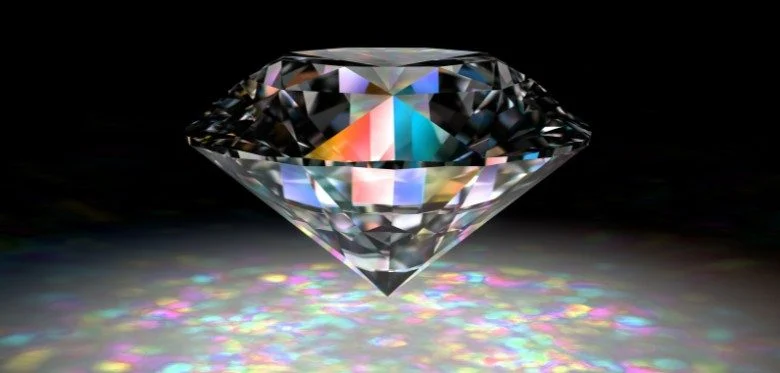
Many buyers ask, “How does diamond color affect sparkle?” While diamonds that are well cut can increase brilliance. However, lower color grades (K-Z) absorb more light, which reduces sparkle. Near-colorless and colorless diamonds (D-J) reflect more light, resulting in a brighter, more sparkling effect.
Tip: If you’re looking for the most brilliance, go with a D-F color-graded diamond, or choose a colorless lab diamond as a less expensive option.
How Does Diamond Color Affect Cost?
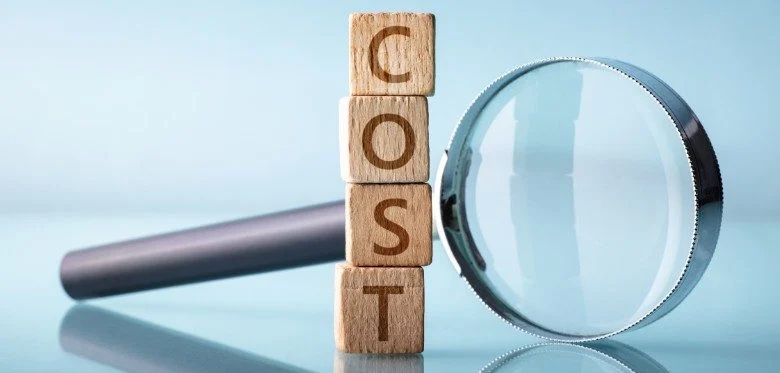
The color of diamonds can significantly affect price. Here’s a look at the comparison:
– D-F (Colorless) The most expensive due to the rarity
– G-J (Near Colorless) Excellent value for money with very little color
– K-M (Faint Yellow) is more economical, yet with a noticeable tint
– S-Z (Light Yellow) The cheapest and often employed in jewelry for fashion.
If you are looking for high-end at a cheaper price G-H color diamonds are an excellent value, while appear invisible to the naked eye.
What to Consider When Shopping for a Diamond

Certification: Always opt for diamonds that are GIA-certified.
Budget: Choose the ideal balance between clarity, color as well as carat weight.
Form: Round diamonds conceal the color better than fancy shapes.
Metal Choice: Platinum and white gold can enhance colorless diamonds, whereas rose or yellow gold works perfectly with warmer stones.
Personal Preference: Some like an uncolored diamond that is cool, while others prefer a warmer, golden shade.
Conclusion: Making an Informed Diamond Purchase
Finding the perfect diamond requires knowing the Four Cs, especially diamond clarity and color. With the help of the diamond’s color and clarity chart, you can easily determine the value of a diamond.
To get the most sparkle, choose D-F color and VS1 clarity, Excellent cut
For value: Choose G-H color, SI1 -SI2 clarity diamond
For a price that is affordable, consider a lab diamond that is colorless
With this guide to the color and clarity of diamonds, You now have the information to make better choices and invest wisely. If you’re purchasing a natural diamond or a synthetic one knowing the color of diamonds and clarity will ensure that you get the highest quality for the best price.
Frequently Asked Questions:
What is the GIA Diamond Color Scale?
The Gemological Institute of America (GIA) developed the D-to-Z color grading scale to assess the presence of color in diamonds. The scale starts at D (colorless) and progresses to Z (light yellow or brown). Diamonds graded D-F are considered colorless, G-J near colorless, K-M faint, N-R very light, and S-Z light in color.
How does the diamond color affect its value?
Diamonds with less color are rarer and typically more valuable. Colorless diamonds (D-F) command higher prices due to their rarity, while diamonds with noticeable color (K-Z) are generally less expensive. However, some buyers may prefer the warmer tones of diamonds in the K-M range, especially when set in yellow gold.
What is diamond clarity, and why is it important?
Diamond clarity refers to the absence of inclusions (internal flaws) and blemishes (external imperfections). The GIA clarity scale ranges from Flawless (no inclusions or blemishes visible under 10x magnification) to Included (inclusions and/or blemishes visible to the naked eye). Higher clarity grades often result in higher value, but many inclusions are microscopic and don’t affect a diamond’s beauty.
Can the setting affect the appearance of a diamond’s color?
Yes, the choice of setting can influence how a diamond’s color is perceived. White gold or platinum settings can accentuate the colorlessness of higher-grade diamonds, while yellow gold settings may complement diamonds with slight yellow hues, making the color less noticeable. ?
Are lab-grown diamonds graded on the same color and clarity scales as natural diamonds?
Yes, reputable gemological laboratories grade lab-grown diamonds using the same color and clarity scales as natural diamonds. This ensures consistency and allows buyers to compare lab-grown and natural diamonds directly.
How do fluorescence and metal settings impact diamond color?
Fluorescence can cause some diamonds to emit a soft glow under ultraviolet light, potentially making a diamond appear whiter or, in rare cases, giving it a hazy appearance. Metal settings also play a role; for example, yellow gold can make a near-colorless diamond appear more tinted, while white gold or platinum can enhance the appearance of colorlessness.
What is the significance of the ‘Four Cs’ in diamond selection?
The ‘Four Cs’—Cut, Color, Clarity, and Carat Weight—are the primary factors used to evaluate a diamond’s quality and value. Understanding these characteristics helps buyers make informed decisions and select diamonds that best fit their preferences and budget.


